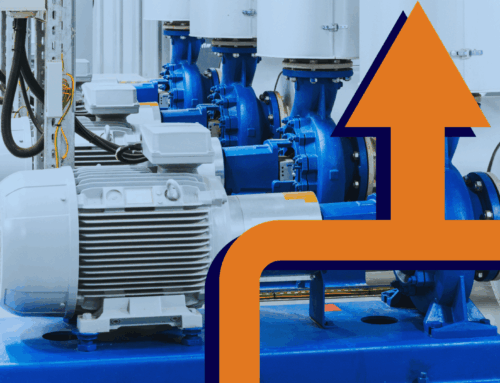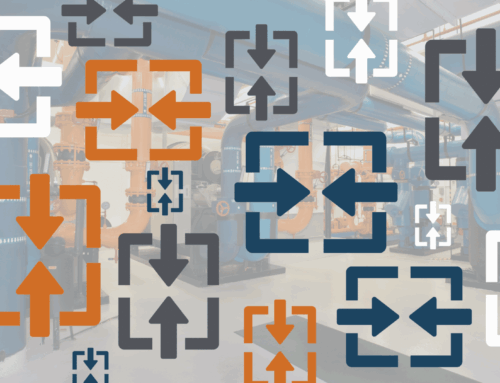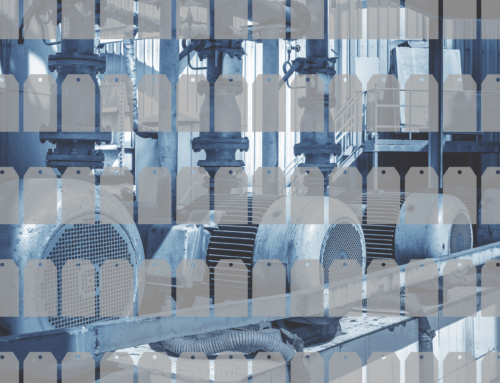A plant will always need maintenance to ensure continued operations. This fact is known and unavoidable. As a result, organizations have created solutions and strategies to help with the ongoing need.
Overall, plant maintenance involves inspections and analysis, routine maintenance, and repairs and replacements when needed. In the past, the normal path of action was in-person observations at the plant, decision-making based on available data, and maintenance of failed equipment. Fast forward to now, we have 24/7 remote monitoring, data-driven insights from machine learning, and innovative predictive analytics technology to let us know what equipment to perform maintenance on before it fails.
Maintenance has come a long way with more robust, repeatable, and provable data for decision-making. Organizations have always used data in the past but were limited by lagging data and incomplete analysis. With today’s new technologies and instantaneous data retrieval, facilities can run more efficiently day by day and improve operations with actionable insights for informed decision-making. This is the new reality we are moving towards, one of increased convenience, insight, and reliability, and one everyone should be looking forward to.
History of Maintenance
Maintenance continues to evolve with the introduction of new technology and strategies. The history of maintenance begins with reactive maintenance, where you fix equipment when it breaks. A simple and straightforward approach but one that lacks insight and becomes extremely costly with each equipment breakdown.
Reactive maintenance was then succeeded by analog preventative maintenance where plants manually scheduled and record maintenance activities. During this time, plants used punch cards to submit information into their system and share paper logs between members in the hopes of keeping everyone on the same page. During the analog preventive maintenance period, sites used physical hard copies of documents to keep track of plant operation information.
Preventive maintenance started evolving more with increasing computational power and IIoT (Industrial Internet of Things) advancements. More network availability and technology available allowed for easier knowledge sharing and data gathering. The outdated analog approach paved the way for digital preventative maintenance, which often uses a CMMS to track, plan, and schedule maintenance activities.
From digital preventive maintenance came predictive maintenance (PdM). PdM uses data-driven maintenance strategies to analyze operations to predict and prepare for impending potential failures. Our PdM method analyzes collected data to detect potential anomalies that have deviated from normal patterns. This is our tried-and-true method with other approaches including failure pattern searching, vibration analysis, and oil analysis.
Predictive Maintenance Strategy Today
From physical visual inspections to being able to monitor operations remotely, information has transformed the industry. It’s one thing to have access to data, but it’s another thing to use it to your advantage. New technologies with advanced analytics using innovative algorithms have transformed a plant’s data into actionable intelligence. Collecting and analyzing data takes the guesswork out of your work as you know how equipment is running and how it should be running in real-time. Having access to data and what to do with that data has made all the difference in maintenance strategies.
PdM strategies have now significantly reduced the need for in-person inspections and routine maintenance and improved reliability and availability. Rather than relying on time-based activities, PdM strategies save time and money by prioritizing maintenance activities based on how the equipment is performing.
The main advantage of PdM over traditional maintenance methods is that it is quicker and provides more insight. This is due to the advanced foresight given to operations from early warnings of potential equipment failure. This real-time monitoring and comparison provide insights on when to perform maintenance rather than solely relying on a schedule or being reactive. This gives operations much-needed lead-time to plan maintenance repairs and shutdowns to fix or prevent potentially catastrophic failures.
How We Help
As organizations move into Industry 4.0, they can harness the power of their data and improve insight into operations. Our PdM solution HanPHI allows an organization to quickly and easily identify equipment degradation, providing enough lead time to perform the required maintenance to prevent a failure.
HanPHI helps you identify maintenance priorities and strengthen your data analysis capabilities. The tool gives you the ability to design maintenance strategies that prevent breakdowns before they have a chance to slow your production to a costly standstill. We identify issues before they develop into catastrophic failure. This gives you a notice of degradation far before needing to perform maintenance on failed equipment. When your maintenance is predicted, you have more time to focus on operations and improvement.
With our predictive analytics software solution, HanPHI, you can harness the power of predictive maintenance. HanPHI is a reliable and cost-effective that will help you break through the limitations.
Next steps
To learn more about Predictive Maintenance and our Predictive Analytics software tool, contact us today!






